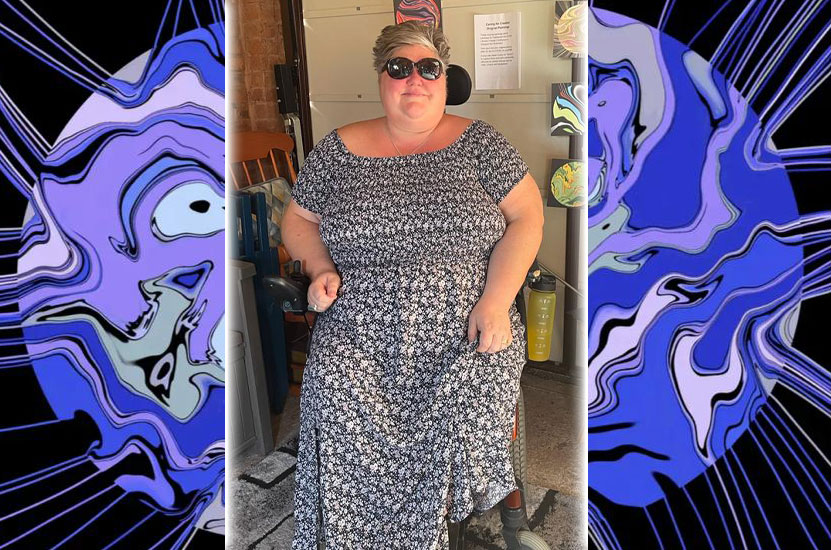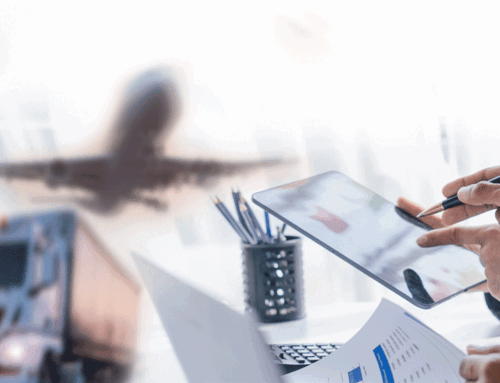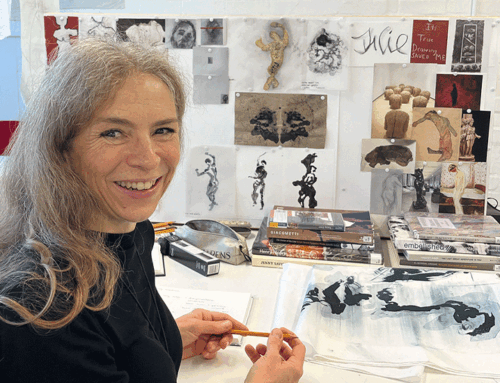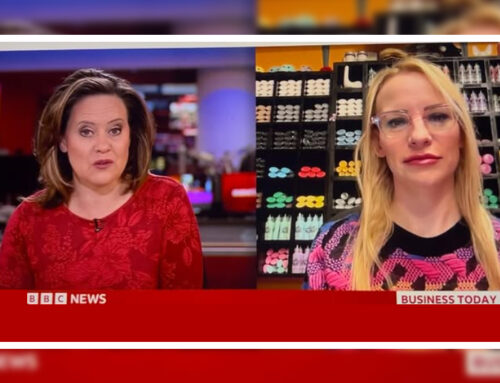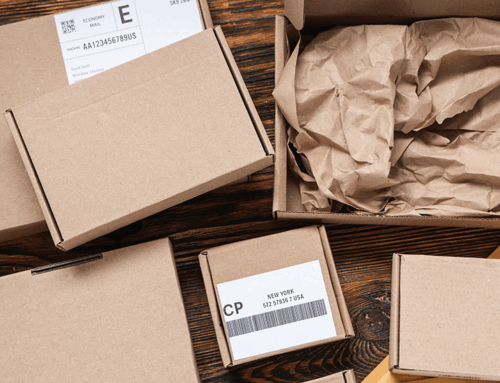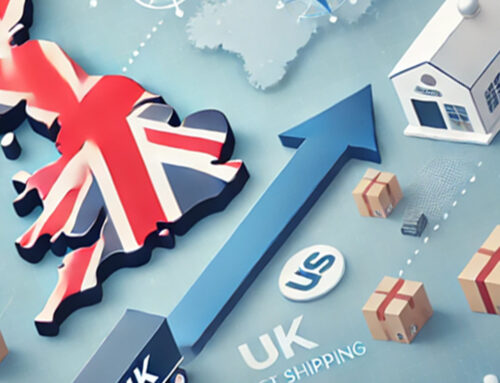Who I am
Emma Major is a pioneer lay minister, blind wheelchair user, artist and poet.
She has poems included in numerous books as well as writing her own collections of poetry on miscarriage, mental health and climate change. In 2020 her first book combining both poetry and art was published “Little Guy: Journey of Hope” by Wild Goose Publications.
In 2021 Emma’s first exhibition of paintings and poems “Caring for Creation” was exhibited around Berkshire; it will be hosted at COP26 in Glasgow in November. She currently has paintings in two other exhibitions and has five books of poetry and paintings in various stages of publication.
You can find Emma online at LLMCalling.com or on social media @emmuk74 where she shares her artwork and poetry to encourage, bless and affirm people.
My creative journey
I never really thought of myself as creative. I was an ideas person, I could think outside of the box, I could envisage a bridge from the engineering plans, but I wasn’t “creative”.
I have written poetry most days since primary school, with scraps of paper all over the place covered with random poems, but my teachers didn’t think much of them and so I stopped sharing them.
I knew I wasn’t “artistic” after being told so by an art teacher in the first year of secondary school; but I played around writing songs on the piano and flute which I secretly thought was creative. I channelled all my creativity into my career as an engineer and project manager; my skill of seeing things differently helped me encourage teams to do the same.
My poetry came to the fore again around the death of my boys. It was a way of processing my feelings, getting out all the powerful emotions. I wrote a huge number of poems which eventually became my first book “This is my story; This is my song”. I didn’t expect many people to want to read it, but it was read by all sorts of people all over the world; this was the first time I realised that my poems were not only cathartic, but that they connected with other people. I realised that I was speaking truth into experiences many of us go through, as well as raising awareness of things no one really talks about.
When my daughter was born, I changed career, studying psychology and eventually accepting a calling into ministry. I used my creativity in children’s work and loved the freedom I found in helping young people express themselves creatively. Along the way I kept waiting poems, stories and Nativity plays which were all shared on my blog and some published.
When I lost most of my sight overnight my poetry became the life buoy I clung to. I didn’t want to burden my family, especially my young daughter, with the fear I felt, so I wrote it down. Pages and pages of confusion and pain, anger and frustration, faith, and hope; all of it shared online because people seemed interested; and I’ve never stopped.
I write and share my poetry every day, friends wonder what’s happened if I don’t post something until the early evening. No longer is it just a way of communicating my feelings though, it is also about raising awareness of issues around disability and mental health.
I’m naturally determined (stubborn), so when I also lost my mobility and was told that I wouldn’t be able to live much of a life I said no. I fought for the support I needed, accessed the counselling to help me adjust and set out to do what I was told was impossible. One of those things was learning new artistic skills.
I started off with a mosaic course and since then have tried all sorts of artistic forms from needle felting to glass fusing, sketching to resin painting before finally, thanks to Covid and long Covid, landing on digital art.
Drawing and painting digitally has opened up a world of possibilities. No longer am I constrained by what I can or can’t see, having to take endless photos to figure out what I’m drawing or painting; now I can use the built-in magnification of my iPad, with additional accessibility apps, to create. In fact, sometimes I create such intricate details that they’re invisible to those without the ability to magnify. There’s something fabulous about that shift in dynamic.
I never set out to exhibit paintings or have books of poetry published; let alone create a series of paintings and poems exhibited at COP26 and have 5 books of poetry and art in various stages of publication. It’s a surreal life I’m living and I’m just along for the ride, thankful for whatever blessings I’m given.
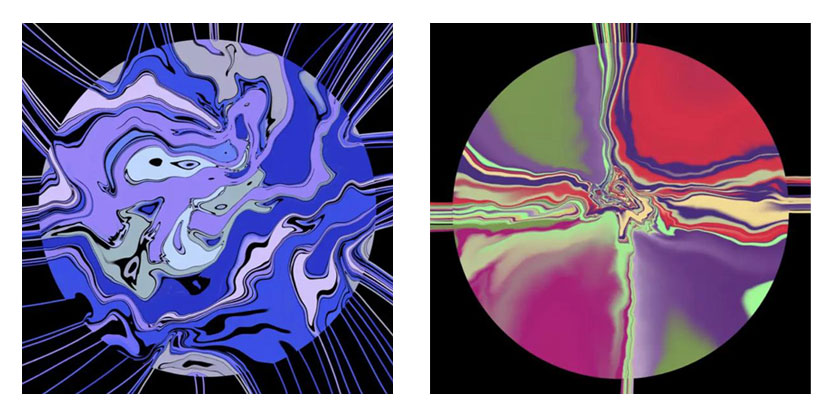
Barriers I come up against
One of the things which I’ve realised as I’ve started to explore this world of art exhibitions and book publishing is that it’s very white able bodied middle class. There have been huge moves to increase diversity in terms of gender and race, but disabled people tend to be missed out of the “diversity” assessments.
Art spaces are often inaccessible to wheelchairs, and I can never get close enough to “see” as a blind person; risk assessments are too tight to allow disabled people to join in with classes, and when I speak as a risk manager I’m ignored because I’m disabled. Theatres and launch venues allow a few disabled people access at the back; but if you want to go on stage – good luck. And that’s without even mentioning the cost of living and then the cost of creativity!
1 in 4 people in the UK are disabled and 1 in 3 of us live below the poverty line, compared to 1 in 4 families without any disabilities. (Source: Joseph Rowntree Foundation). Levels of education are lower in the disabled community and therefore the ability to advocate is lower.
I had to fight tooth and nail to obtain the support I have today, and it was only because I’m educated and determined that I could navigate the system to ensure my rights under the Equality Act were met. Most disabled people aren’t even aware that they are entitled to participate in society, meet friends and have fulfilling lives. I spend a lot of time helping people achieve this because I’m lucky, I was born able bodied and I’m well supported.
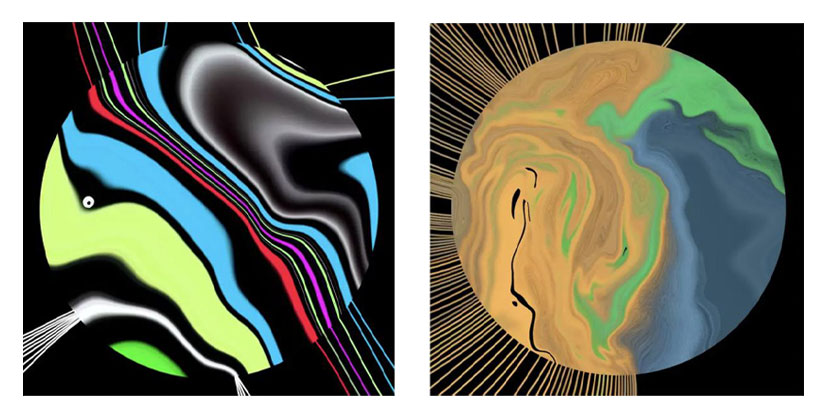
Inclusivity, accessibility, and diversity in the arts
Which brings me on to what I think arts4wokingham, and every other community arts organisation, should be doing to ensure that arts really is for everyone.
Consult with people of different genders, races, sexualities, ages, beliefs, disabilities, and education; not just those who “represent” these groups, but actually with people within these groups. For disability that means the blind community, deaf community, learning disabilities community, wheelchair users, those who live with chronic illness, those disabled at a later age, those with dementia and others I’ve not named.
Ask us what we would like to engage with creatively. Ask us what we already do creatively. Ask us how we get around the local area, identify the barriers to access. Then listen to us, hear us, understand that the issues of access and inclusivity are massive and don’t give up. It won’t be easy to really provide access for all to the arts, but it will change lives for the better and might even change our whole society into one which knows each other and values the most vulnerable.
I know I’m aiming for the sky, but if we don’t aim high then we’ll never even leave the ground.


